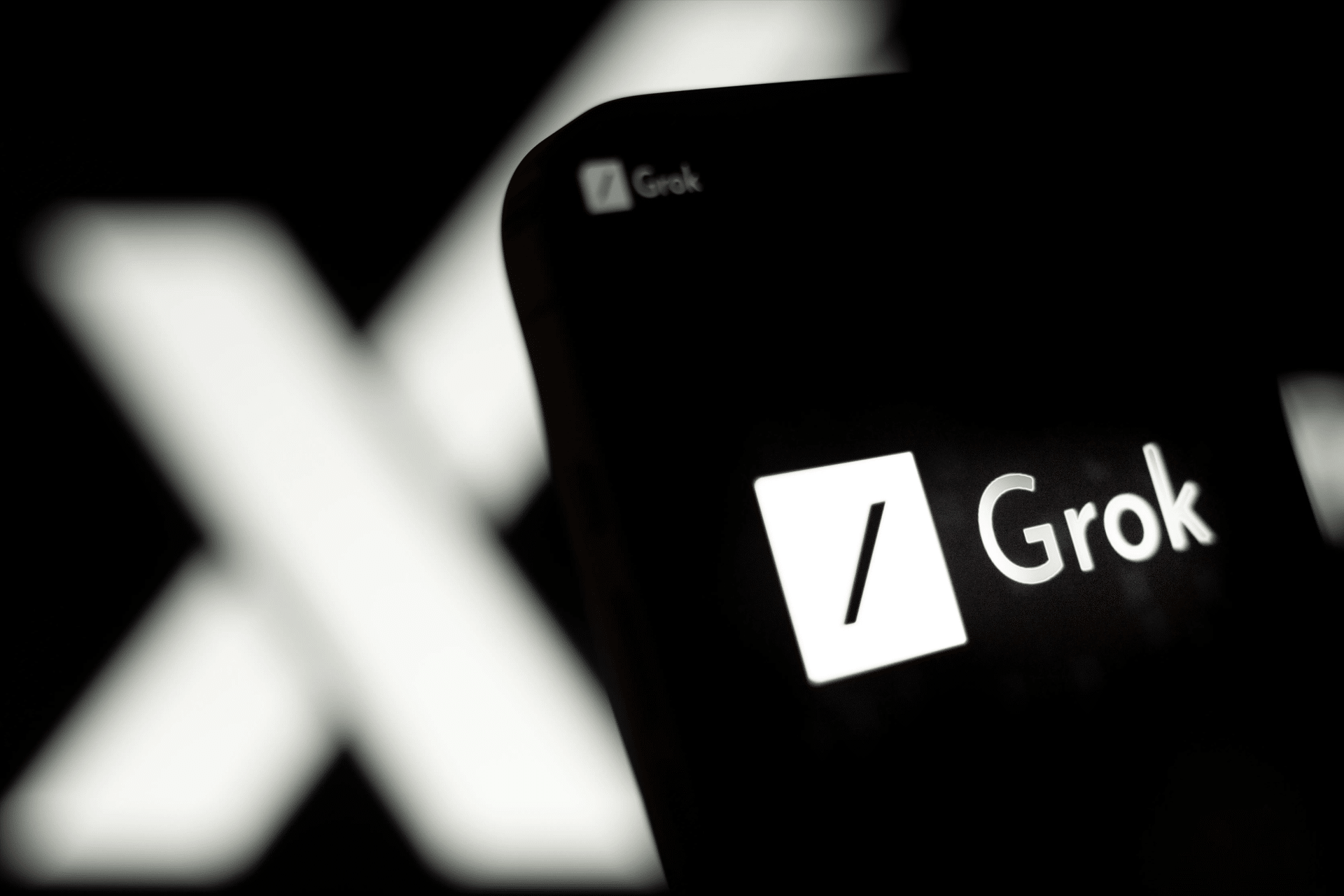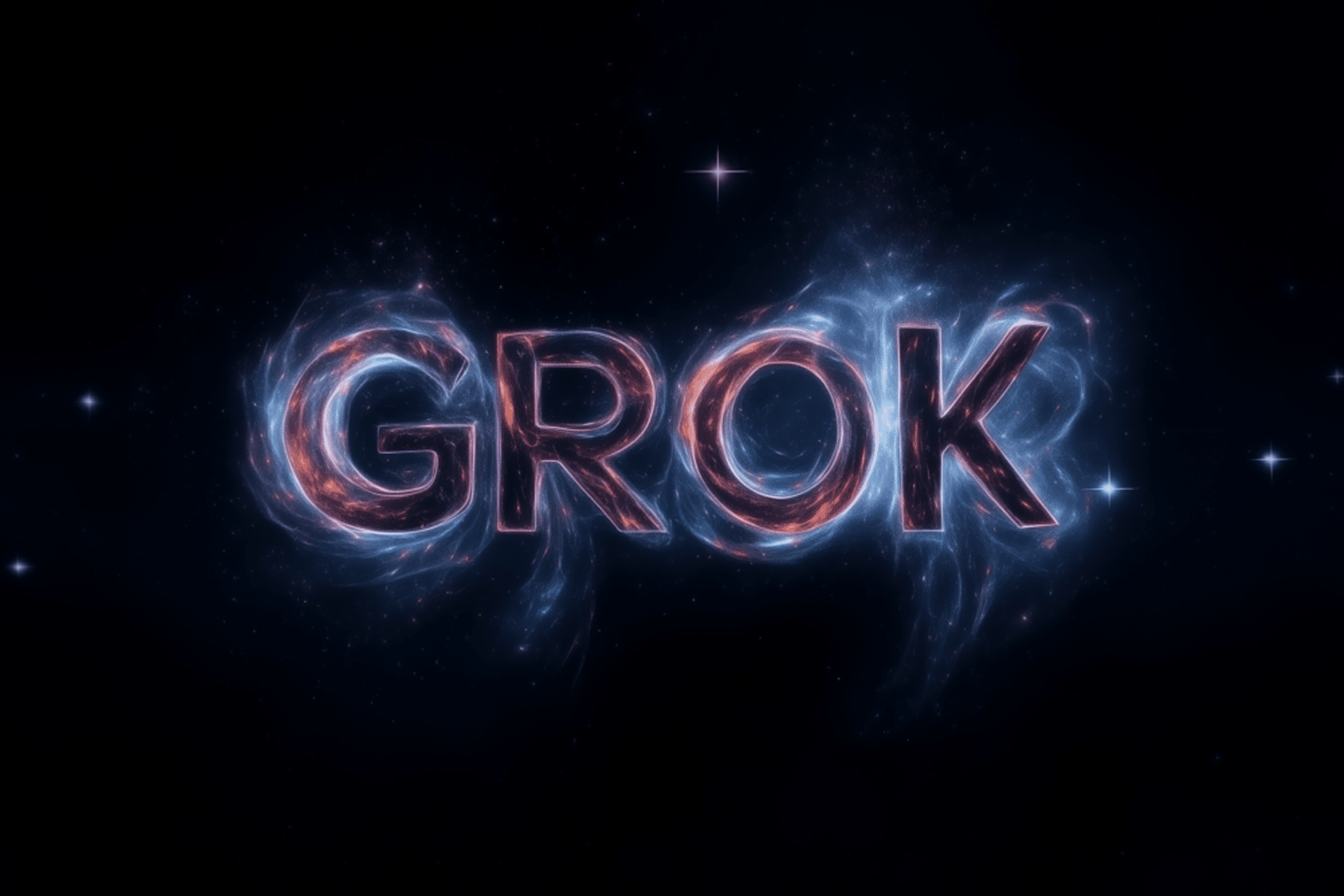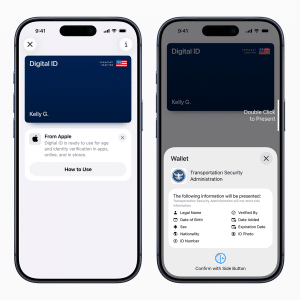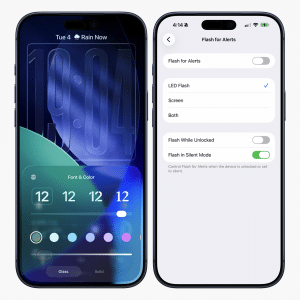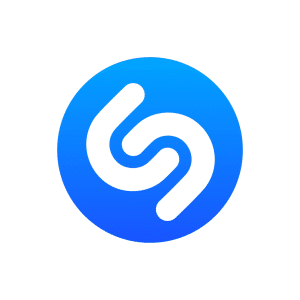Open-sourcing Grok 2.5 places xAI in a growing movement among AI labs to share their work. Companies like Meta, with its Llama series, have embraced similar strategies, arguing that transparency drives progress. By releasing model weights—the numerical parameters that define how an AI processes inputs—xAI enables researchers to understand and improve upon Grok 2.5’s capabilities. This could lead to advancements in natural language processing, where AI better grasps context and nuance in human communication.
The practical impact for users is significant. Developers can now integrate Grok 2.5 into applications, potentially creating more responsive customer service bots or specialized research tools. For instance, a small startup could adapt the model to analyze industry-specific data, leveling the playing field against larger competitors with proprietary systems. However, the open-source model also raises concerns about misuse, as unrestricted access could enable bad actors to repurpose the AI for harmful applications, such as generating misleading content.

A Controversial License
Not everyone is celebrating xAI’s decision. AI engineer Tim Kellogg has criticized the Grok 2.5 license, calling it “custom with some anti-competitive terms.” While the weights are available, certain restrictions may limit how developers can use or commercialize the model. Such terms could discourage larger companies from adopting Grok 2.5, as they may conflict with proprietary interests. This tension highlights a broader challenge in open-source AI: balancing accessibility with responsible governance.
The license’s specifics remain unclear, but Kellogg’s critique suggests xAI is treading cautiously. Unlike fully permissive licenses, such as Apache 2.0 used for earlier xAI models, the custom terms may impose limitations on redistribution or commercial use. This could temper the enthusiasm of developers hoping for unrestricted access, though it may also reflect xAI’s attempt to prevent misuse while still promoting innovation.
Grok’s Checkered Past
Grok has not been without controversy. Earlier this year, the AI drew scrutiny for problematic responses, including references to fringe conspiracy theories and a self-description as “MechaHitler.” These incidents prompted xAI to publish its system prompts on GitHub, offering insight into how the model was instructed to behave. The episodes raised questions about the challenges of aligning AI with ethical standards, especially when designed to be “maximally truth-seeking,” as Musk describes Grok 4.
The open-sourcing of Grok 2.5 could amplify these concerns. With the model’s weights now public, developers can modify its behavior, potentially bypassing safeguards xAI put in place. This underscores the dual-edged nature of open-source AI: while it fosters innovation, it also risks unintended consequences if not carefully managed.
The Bigger Picture for xAI
xAI’s decision comes amid a competitive AI landscape. OpenAI, once a pioneer in open-source AI, has shifted toward proprietary models, limiting access to its latest systems like GPT-5. In contrast, xAI’s approach aligns with Musk’s long-standing advocacy for transparency, positioning the company as a counterpoint to more guarded competitors. Musk has hinted at a cyclical strategy, where xAI open-sources older models as new ones emerge, potentially making Grok 3 available by early next year.
This move could reshape how users interact with AI. For everyday consumers, open-source models like Grok 2.5 mean more affordable, customizable tools may soon hit the market, embedded in apps or services. For businesses, it offers a chance to build specialized AI solutions without relying on costly proprietary APIs. Yet, the success of this strategy hinges on xAI’s ability to address concerns about misuse and maintain trust in its technology.
What’s Next for Open-Source AI?
The release of Grok 2.5 is a milestone in the open-source AI movement, but it’s not the final word. As xAI plans to open-source Grok 3, the industry watches closely. Will other major players, like Google or Anthropic, follow suit, or will proprietary systems dominate? The answer depends on how the community leverages Grok 2.5 and whether xAI can navigate the ethical and competitive challenges ahead.
For now, xAI’s decision invites a broader conversation about transparency in AI. By making Grok 2.5’s weights available, the company is betting that collaboration will drive progress faster than secrecy. Whether this gamble pays off will depend on how developers, researchers, and users respond in the months to come.
